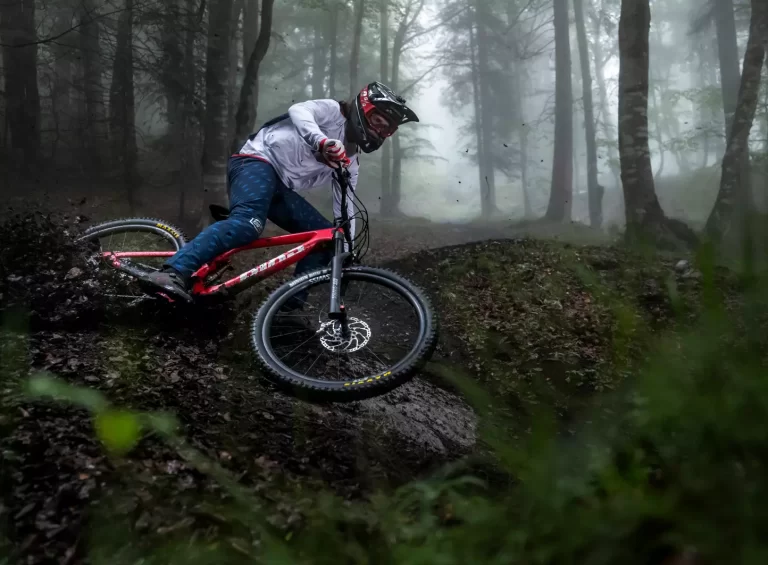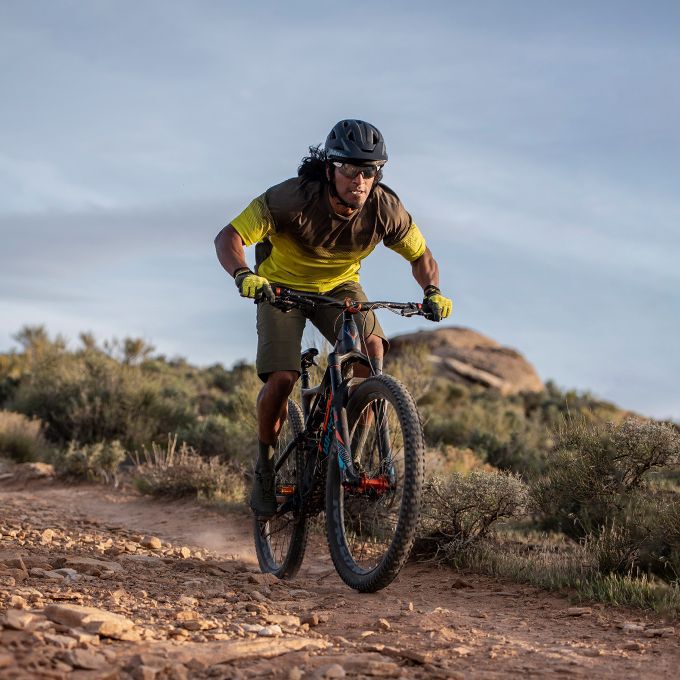Finding Your Perfect Match: How to Fit and Size a Gravel Bike
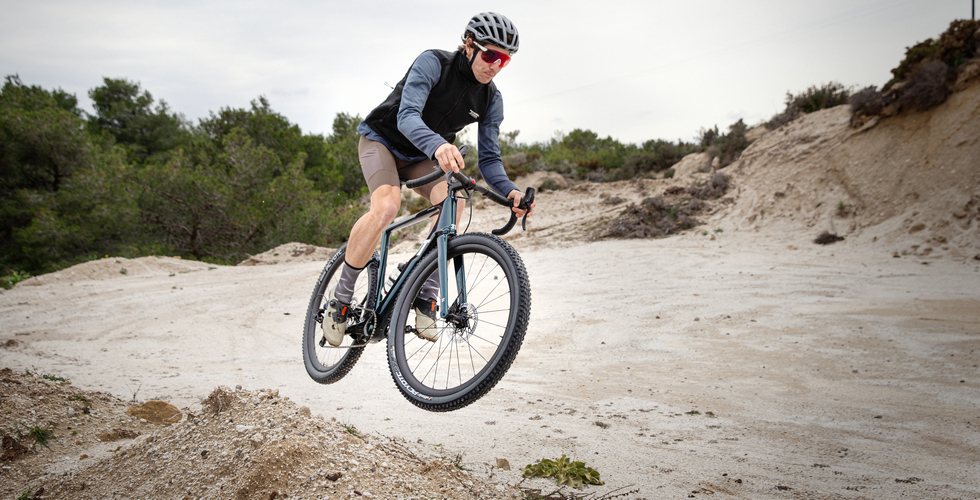
Key Point Summary of How to Fit and Size a Gravel Bike:
- Importance of Proper Fit: A correctly sized gravel bike enhances comfort, efficiency, and control, reducing the risk of injury.
- Size Guide Basics: Understanding bike geometry and how it relates to your body dimensions is crucial for selecting the right frame size.
- Measurement Techniques: Key body measurements and how they inform your bike size and fit adjustments.
Finding the perfect fit and size for a gravel bike is akin to discovering the right pair of hiking boots before embarking on a long trek. It’s about comfort, efficiency, and preventing injuries, ensuring that every mile on the trail is as enjoyable as the last.
Through years of racing and riding across different disciplines, including mountain, gravel, and cyclocross, I’ve learned that a well-fitted bike is the cornerstone of a great cycling experience. Here, I aim to share insights on fitting and sizing a gravel bike, tailored for cyclists with beginner to mid-level experience.
Understanding Bike Fit and Size
The journey to a perfectly fitted gravel bike begins with recognizing that even slight discrepancies in size or fit can lead to discomfort or inefficiency. Unlike road cycling, where aerodynamics plays a significant role, gravel biking emphasizes comfort, control, and versatility due to the varied terrain.

Frame Size: The Foundation
Selecting the right frame size is your first step. Manufacturers typically offer gravel bikes in sizes ranging from XS to XL, each corresponding to certain rider height ranges. However, these are merely starting points. The two critical measurements to consider are your height and inseam length, as they directly impact the frame size you should be considering.
The Role of Geometry
Gravel bike geometry, with its nuances, significantly influences how a bike fits and feels. Key geometry considerations include the stack (vertical distance from the center of the bottom bracket to the top of the head tube) and reach (horizontal distance between the same points). A bike with a taller stack and shorter reach tends to offer a more upright and comfortable riding position, ideal for long hours on mixed terrain.
Fine-Tuning Your Fit
Once you’ve nailed down the frame size, fine-tuning your fit through adjustments to the saddle height, saddle fore/aft position and handlebar height can further refine how the bike feels. Saddle height affects your leg extension during pedaling, crucial for efficiency and preventing knee strain. The saddle’s fore/aft position ensures optimal power transfer and comfort, while handlebar height can influence your upper body’s comfort and control over the bike.
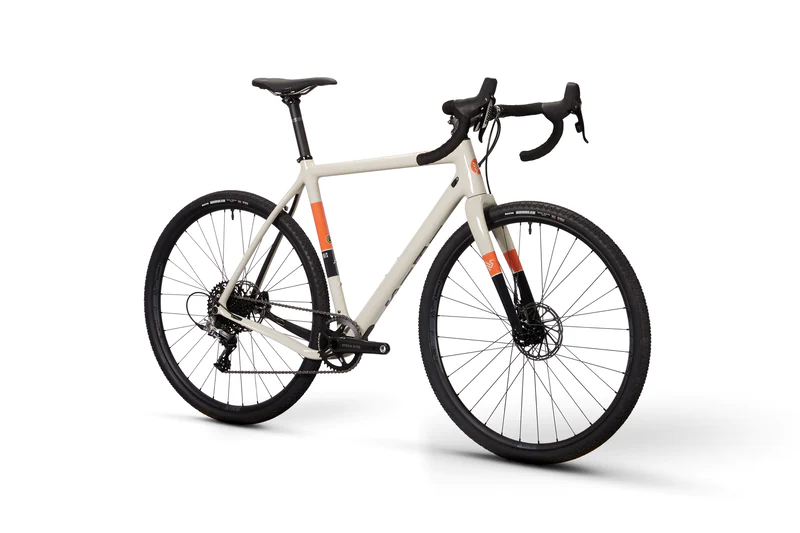
Measurement Techniques
To determine the ideal frame size and make precise fit adjustments, you’ll need to take some key measurements:
- Height: Stand against a wall, shoes off, and measure from the floor to the top of your head.
- Inseam: With your back against the wall, place a book between your legs, spine up, and measure from the top of the book to the floor. This measurement is vital for determining the standover height of the bike, ensuring you have adequate clearance.
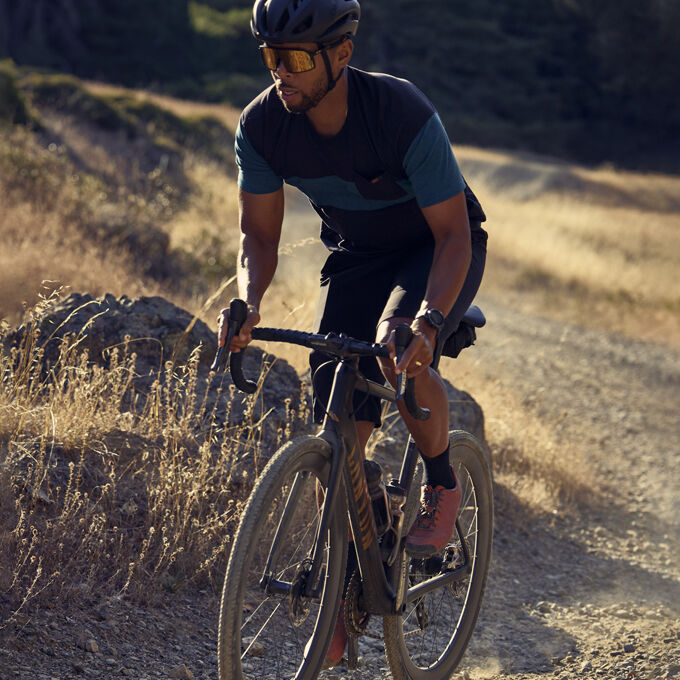
Armed with these measurements, you can consult manufacturer size charts and reach out to bike fitters or knowledgeable staff at your local bike shop for recommendations.
How to Fit and Size a Gravel Bike: Final Thoughts
Fitting and sizing a gravel bike is both an art and a science. While initial size guides and measurements provide a solid starting point, the process doesn’t end there. Listen to your body, and don’t hesitate to make adjustments as you spend more time on the bike.
A well-fitted bike is your best companion on the gravel paths, making every ride more enjoyable and fulfilling. Whether you’re exploring local trails or embarking on epic gravel adventures, the right fit can make all the difference.
The Canyon Grail stands out for its innovative approach to tackling gravel. It features a unique double-decker handlebar designed to offer additional comfort and control on rough surfaces, a carbon frame that balances stiffness and compliance for efficient power transfer and comfort over long distances, and a geometry that’s both aggressive enough for spirited riding and relaxed enough for adventure rides.
With options for both 1x and 2x drivetrains and a range of specifications to suit different budgets and performance needs, Canyon Grail is a top contender for cyclists looking for a high-quality, versatile gravel bike.
Happy Cycling!
John
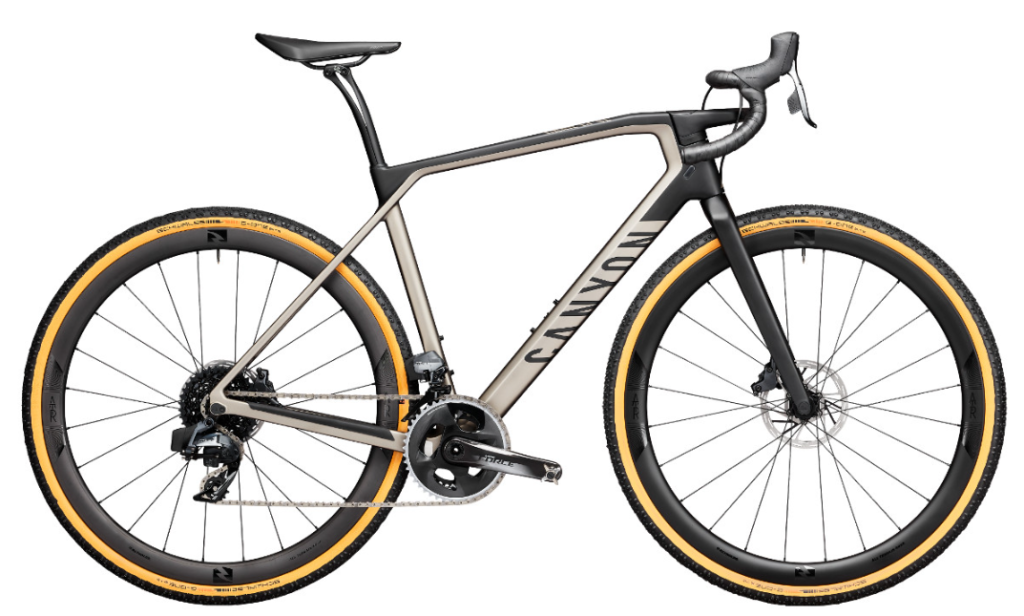
FAQ
What size bike do I need for my height?
Choosing the right bike size depends on your height and the specific type of bike you’re interested in. Here’s a general guide based on rider height:
- Extra Small (XS): For riders between 4’11” to 5’3″ (150cm to 160cm)
- Small (S): For riders between 5’3″ to 5’7″ (160cm to 170cm)
- Medium (M): For riders between 5’7″ to 5’11” (170cm to 180cm)
- Large (L): For riders between 5’11” to 6’2″ (180cm to 188cm)
- Extra Large (XL): For riders 6’2″ and taller (>188cm)
These are approximate ranges. It’s important to also consider the bike’s geometry and your inseam measurement for a more precise fit, especially for road and gravel bikes. Visiting a local bike shop for a professional fitting is highly recommended for the best results.


